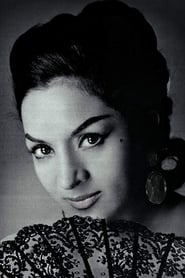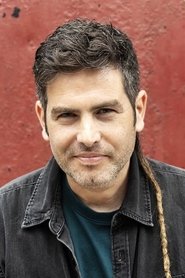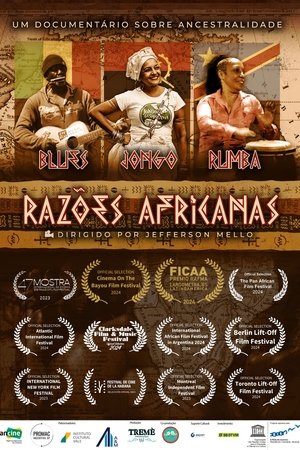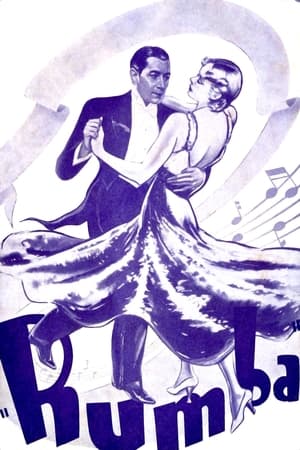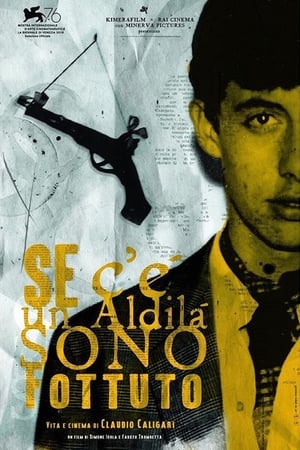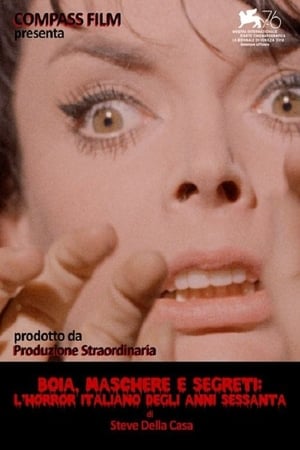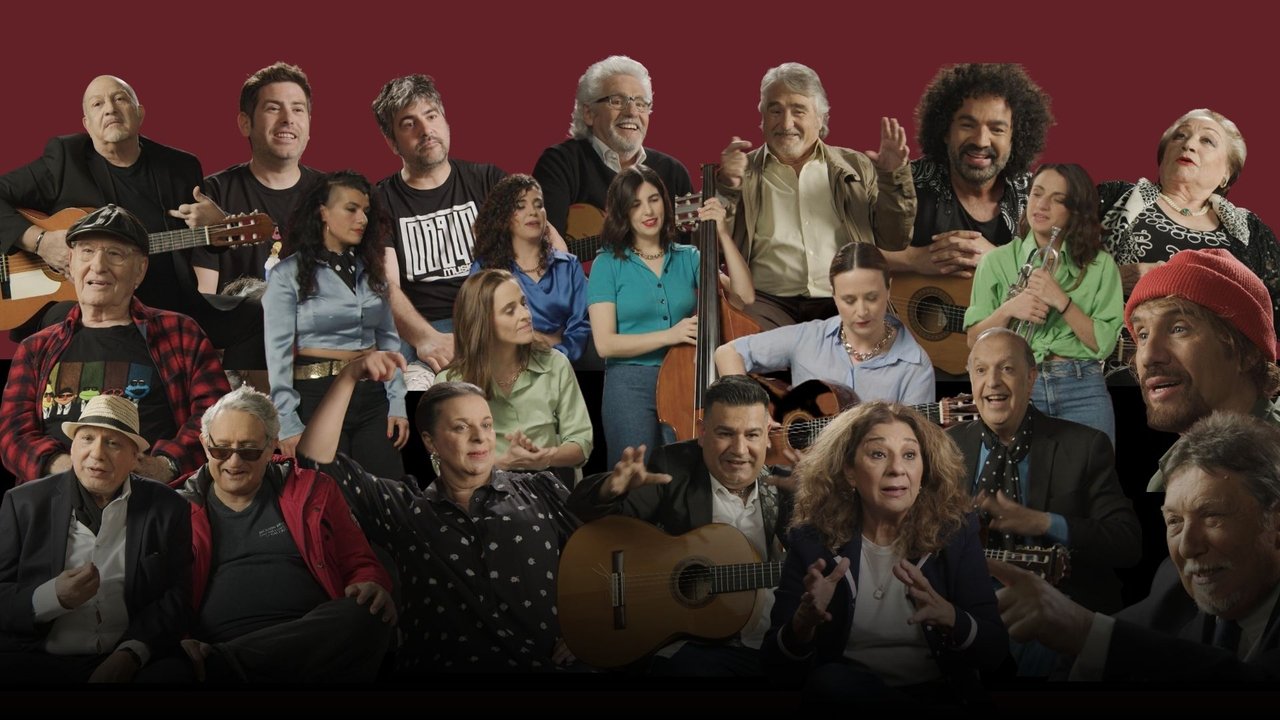
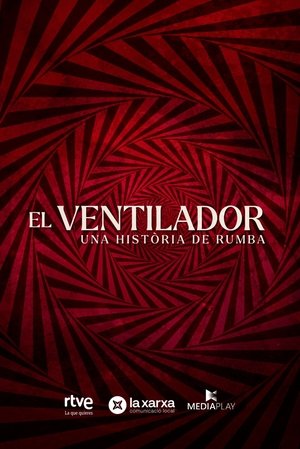
El ventilador. Una història de rumba(2023)

Movie: El ventilador. Una història de rumba
Top 10 Billed Cast
Self
Self
Self
Self

El ventilador. Una història de rumba
HomePage
Overview
Release Date
2023-06-24
Average
0
Rating:
0.0 startsTagline
Genres
Languages:
CatalàEspañolKeywords
Similar Movies
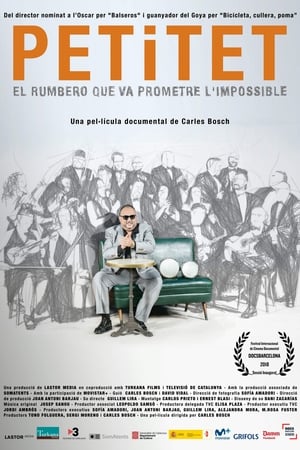 5.6
5.6Petitet(ca)
Joan Ximénez el Petitet is a Catalan gypsy who pursues a dream. A former musician now —a percussionist, son of Ramón el Huesos who worked with the mythical singer Peret—, and affected by a rare chronic disease, he wants to accomplish the promise he made to his mother before she died: to celebrate a rumba concert on the stage of the Liceu, a great theater in Barcelona, along with a big symphony orchestra.
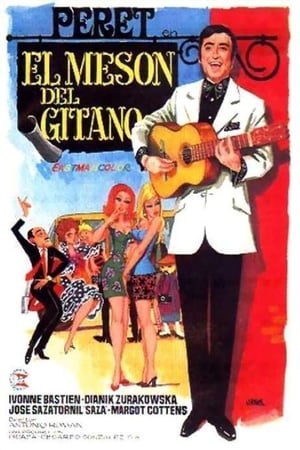 5.0
5.0El mesón del gitano(es)
The young gypsy Peret and his friend Fidel are owners of an inn frequented by tourists. Peret orders the expansion of the business to a young decorator, who falls madly in love with him. Fifth feature by the Rumelo Peret, built for his brilliance, which here plays the owner of a tourist inn, a gypsy rumba singer whose songs will love both a young woman and her mother. A friendly comedy that has as its background the tourist boom of Spain in the late 1960
Cuban Rhythm(en)
In this Pete Smith Specialties short, two professional dancers beautifully demonstrate the rumba and conga while actors humorously display some incorrect techniques for those dances.
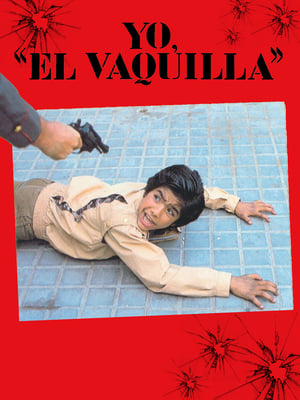 5.6
5.6I, 'The Heifer'(es)
Juan Jose Moreno Cuenca, alias the Heifer, is 23 years old and tells his story as a criminal offender from 1 Ocaña Toledo. Fatherless, the offender has his childhood and how everything changed when her mother went to prison.
 6.5
6.5Citizen K(ru)
The strange case of Mikhail Khodorkovsky — once believed to be the wealthiest man in Russia — who rocketed to prosperity and prominence in the 1990s, served a decade in prison, and became an unlikely martyr for the anti-Putin movement.
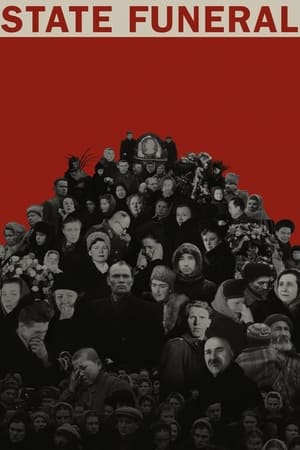 6.7
6.7State Funeral(ru)
The enigma of the personality cult is revealed in the grand spectacle of Stalin’s funeral. The film is based on unique archive footage, shot in the USSR on March 5 - 9, 1953, when the country mourned and buried Joseph Stalin.
 7.6
7.6Collective(ro)
In the aftermath of a tragic fire in a Romanian club, burn victims begin dying in hospitals from wounds that were not life threatening. A team of investigative journalists move into action uncovering the mass corruption of the health system and of the state institutions. Collective follows journalists, whistle blowers, and authorities alike. An immersive and uncompromising look into a dysfunctional system, exposing corruption, propaganda, and manipulation that nowadays affect not only Romania, but societies around the world.
 7.3
7.3Leap of Faith: William Friedkin on The Exorcist(en)
A lyrical and spiritual cinematic essay on The Exorcist, the last film of Alexandre O. Philippe explores the uncharted depths of William Friedkin’s mind’s eye, the nuances of his filmmaking process, and the mysteries of faith and fate that have shaped his life and filmography.
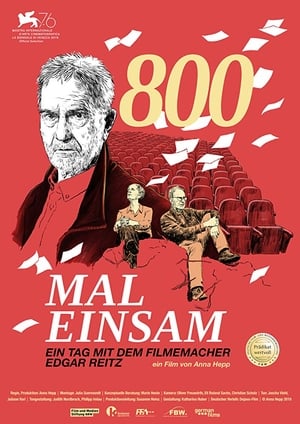 5.0
5.0Eight Hundred Times Lonely(de)
Anna Hepp meets with renowned German director Edgar Reitz in one of Germany’s most famous cinemas: the Lichtburg in Essen. Reitz talks about his life, his view of art and his sometimes philosophical viewpoint.
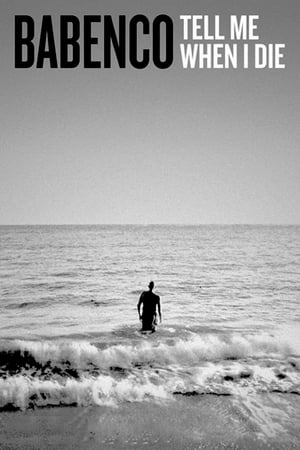 7.0
7.0Babenco: Tell Me When I Die(pt)
Besieged by cancer and nearing the end, the genius Argentine-Brazilian filmmaker Héctor Babenco (1946-2016) asks Bárbara Paz, his wife, for one last wish: to be the protagonist of his own death.
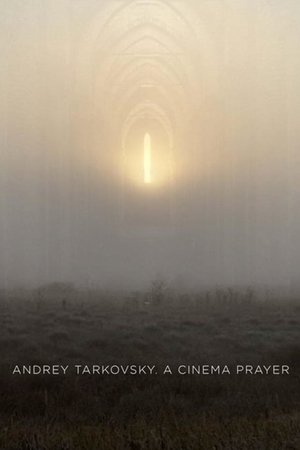 6.7
6.7Andrey Tarkovsky. A Cinema Prayer(ru)
An account of the life and work of Russian filmmaker Andrey Tarkovsky (1932-86) in his own words: his memories, his vision of art and his reflections on the fate of the artist and the meaning of human existence; through extremely rare audio recordings that allow a complete understanding of his inner life and the mysterious world existing behind his complex cinematic imagery.
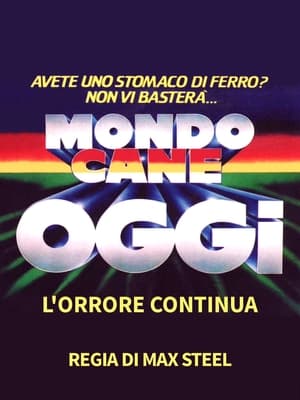 4.0
4.0Savage World Today(it)
A new age Mondo film that explores the realm of urban decay and various oddities of the modern world, ranging from underground club scenes to sex change operations.
Gloriously Wicked: The Life and Legacy of Lionel Atwill(en)
A short documentary on the life and career of Lionel Atwill.
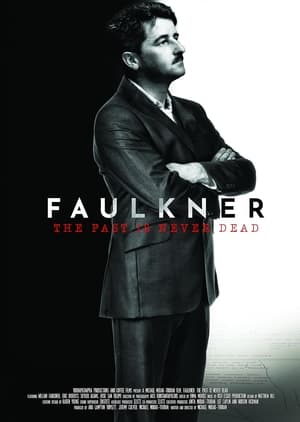 2.0
2.0The Past Is Never Dead: The Story of William Faulkner(en)
The first documentary to explore the storied and complex legacy of Nobel-prize winner William Faulkner – his life, literary masterpieces and his role in conversations on race, civil rights and community.



